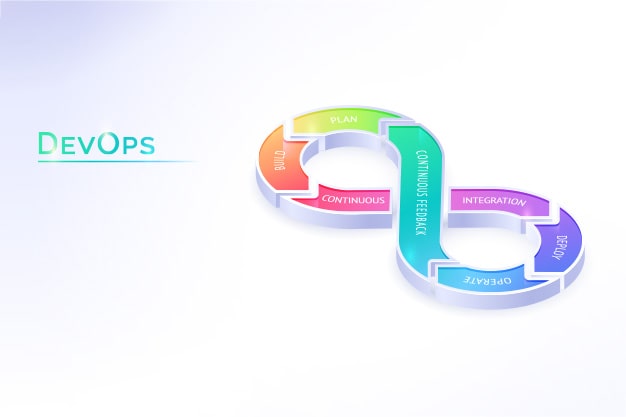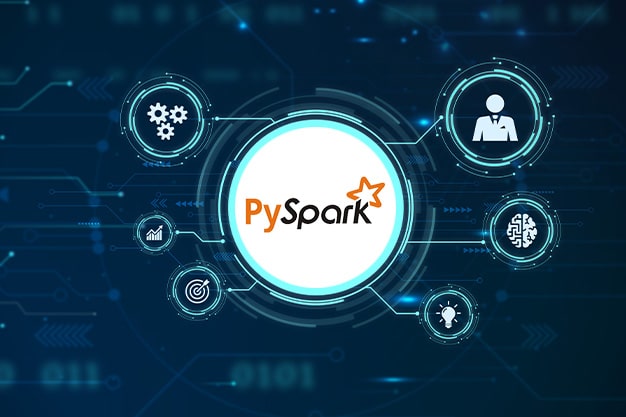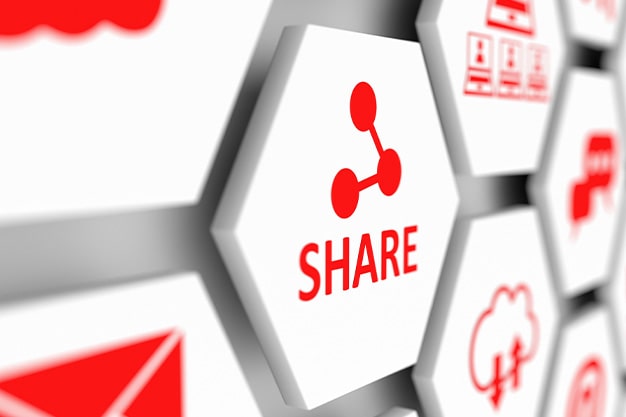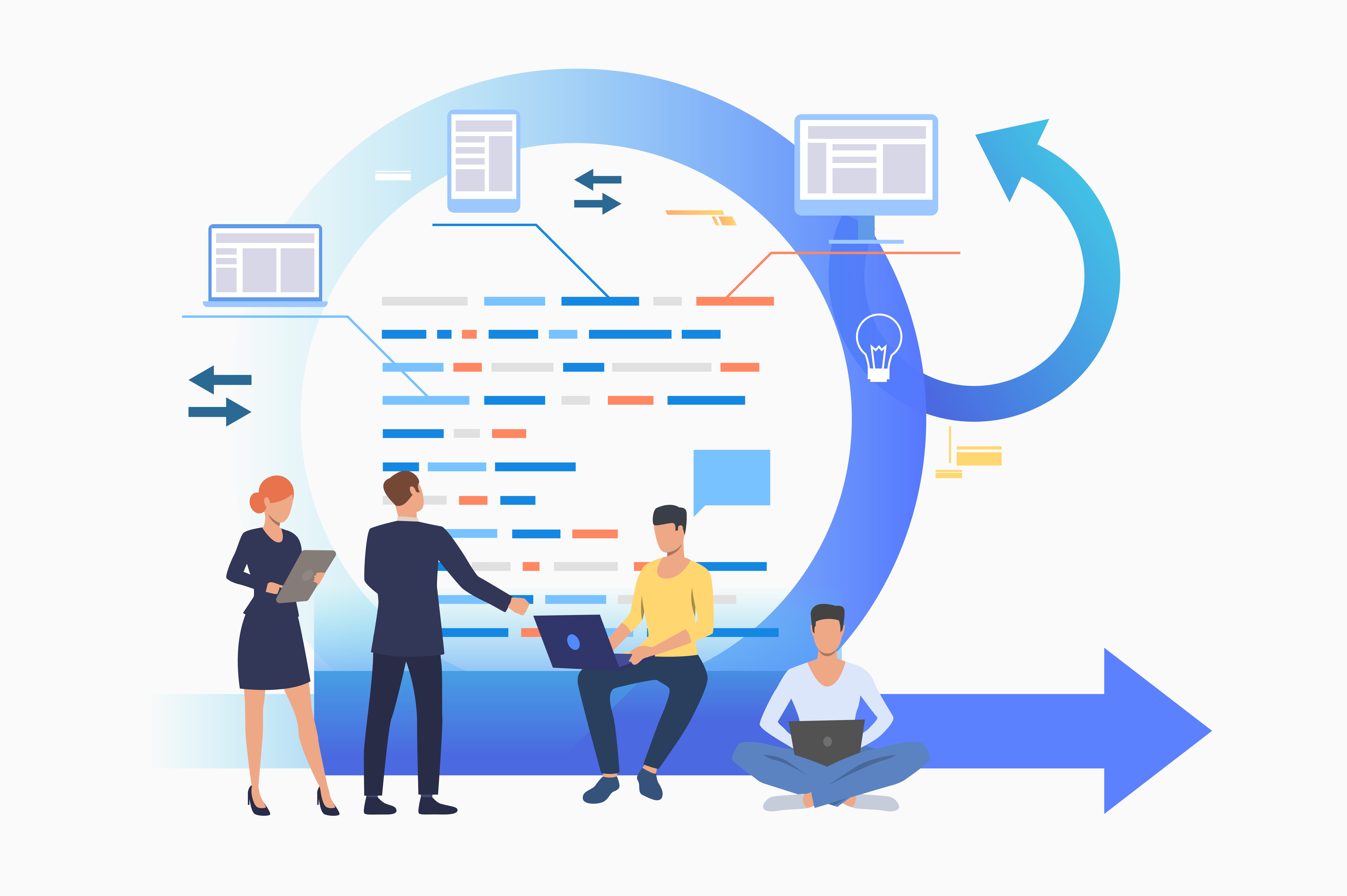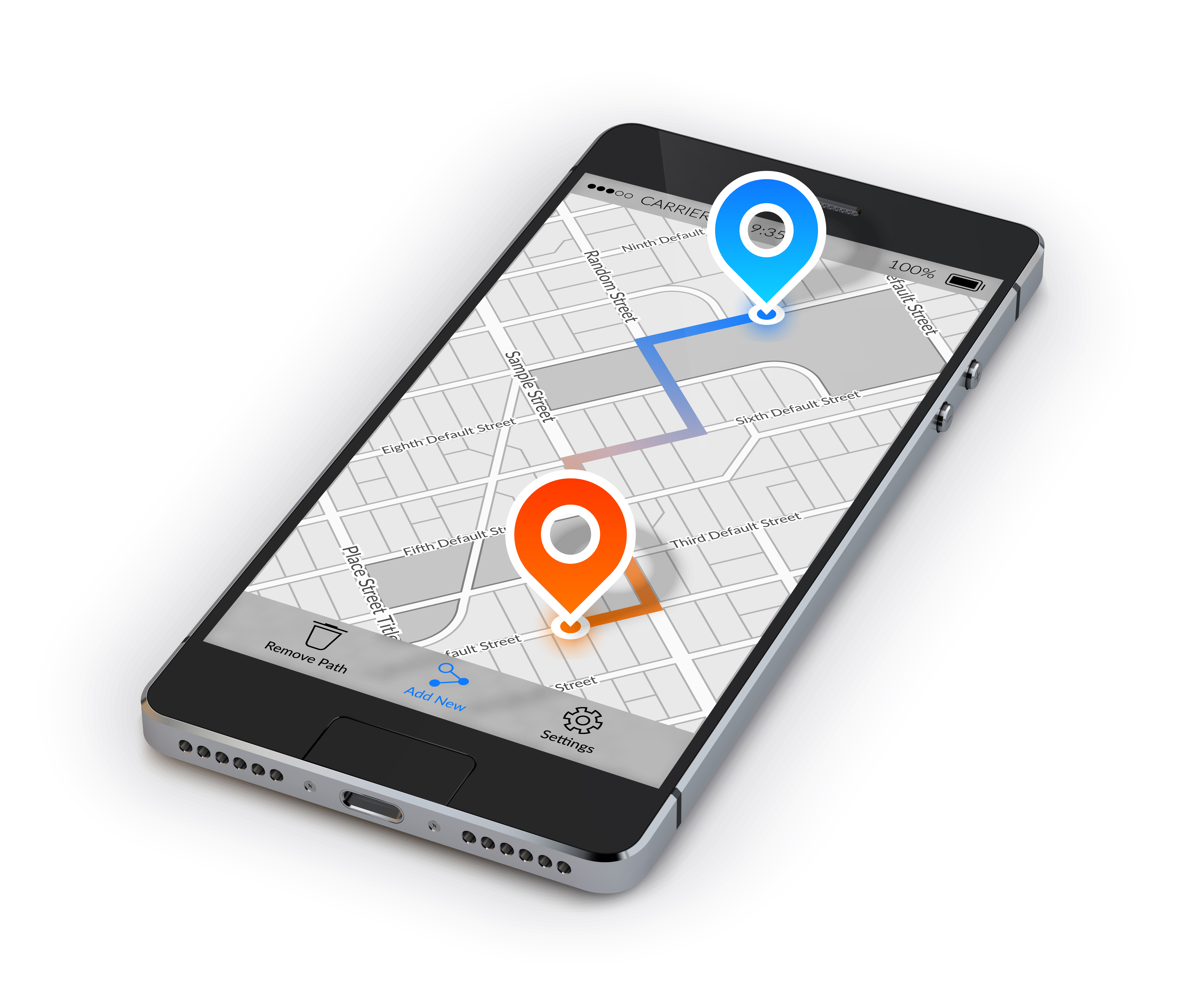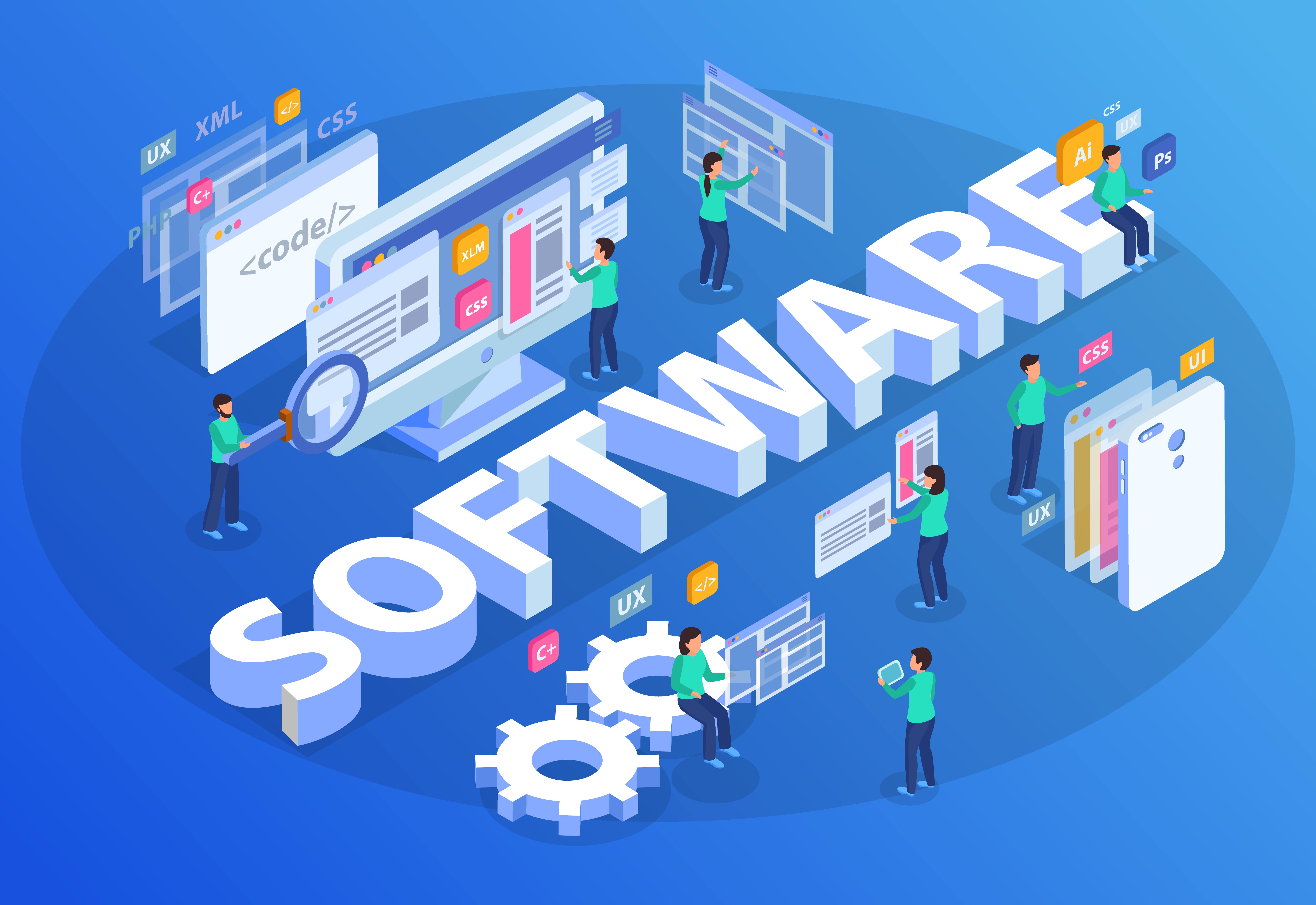
What is MDM Informatica?
Introduction to Informatica MDM
Informatica Master Data Management is synonymous with Informatica MDM. In a digital world where huge amounts of data are generated every day, it is very important to take care of it. Due to the large volume of data generated, 2019 is considered the year of master data management. The development of artificial intelligence has made it easier for industries to think about their data sources. Market volatility, frequent software changes, and reporting processes are the biggest challenges for companies, and MDM offers a better way for these organizations to improve their business during this difficult period.
What is a master record?
Master data management creates a master record that contains the basic information about your company or organization. Master records contain information that your organization needs to know about key elements, such as suppliers, products, and locations, to facilitate tasks and activities, such as marketing campaigns, service calls, and sales.
Why do we need master data management (MDM)?
Access to multiple sources of information is a common problem, especially in large organizations, and the associated costs can be very high. Data changes over time and can easily become unsynchronized, fragmented, incomplete, inaccurate, and inconsistent. As the quality of data deteriorates, so does the confidence of those who use it.
The Informatica MDM Process
Informatica has released a number of popular products in recent years, one of which is MDM Master Data Management. Other popular products include Power Center, B2B data exchange, TDM Test Data Management, and so on. MDM, as the name suggests, is concerned with identifying the most important information held by an organization.
Informatica MDM Process Steps
The steps in the MDM process are as follows
Land
Download the input table files required by the organization from an external source to the Informatica MDM Center. This is basically collecting data from external sources for processing. This phase is called the grounding phase because the data is collected into a table in the node repository called the grounding table. This process is performed by a separate ETL tool.
Stage
In this case, the data is read from the grounding table and cleaned to make it meaningful and specific. The cleaned data is then read into the corresponding table, called a one-step table. When data detection is started or changed, the CDP is run and the data is written, then only the changed CDP is run and a new write is done, the unchanged write remains.
Load
In this step, the data from the configuration table is loaded into the corresponding table in the central memory (usually called the base or dependent object). Trust rules are used to determine trustworthy data.
Tokenise
A set of matching keys results in a token that is used by the matching process to identify the base objects to be matched.
Match
In this step, the records are compared against the matching rules. Duplicate records can be found with the help of separate flags.
Consolidate
A consolidated record is created by combining the values of duplicate records. This consolidated record contains most of the valid cell values from the original record or from the record in the level table.
Publish
Publish BAT to other systems as required. For batch processing in Informatica MDM, this is implemented as a stored database that can be accessed from the Hub console or from another user script.
Real-time processing
For real-time processing, external applications communicate with the Informatica MDM Hub through an interface called the Service Integration Framework (SIF). The SIF has several APIs that interact with the MDM Hub to read, clean, append, match, update data, and so on. Real-time processing can be used whenever a record is updated from a data source or a record is deleted from a source system. Therefore, real-time incremental processing in MDM can be used to process incremental workloads in the central warehouse. Incremental loading is nothing more than processing newly added, updated, or deleted data from a data source.




.jpg)

